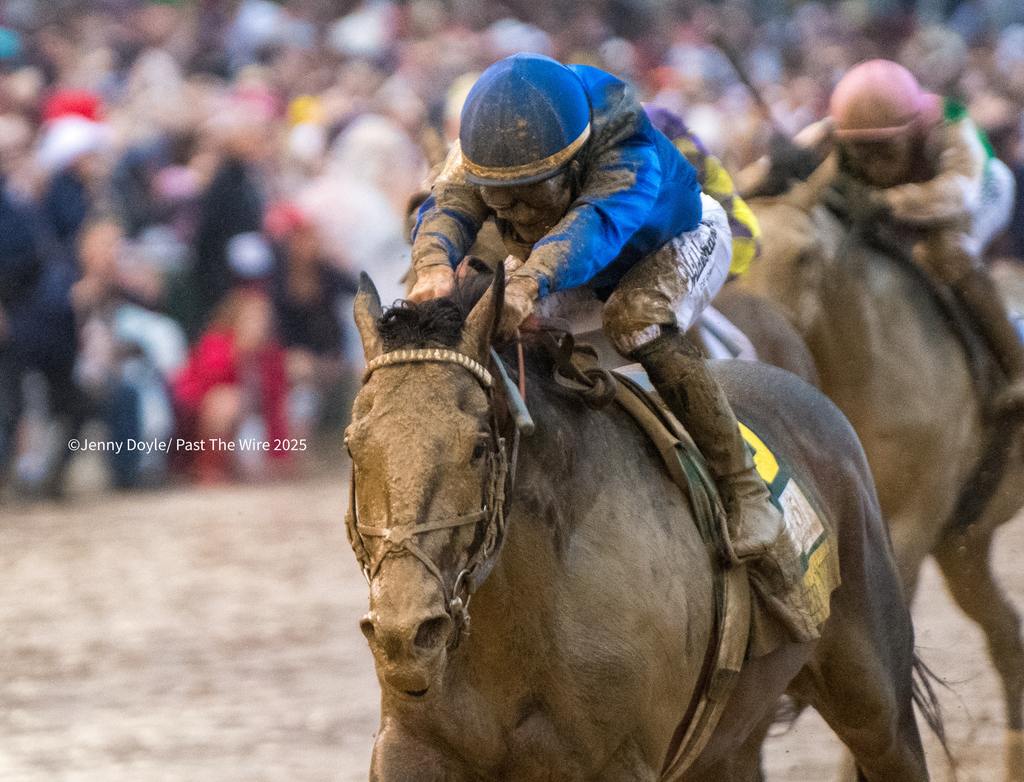
The Preakness Stakes may be the shortest leg of the Triple Crown, but it’s one of the most telling for bettors. Just two weeks after the Derby, it heightens momentum, reshapes narratives, and sharpens the betting picture. To profit in that moment, instinct isn’t enough—you need to understand how odds reflect real-time shifts in sentiment, data, and timing. On the tote board, those numbers aren’t just prices—they’re signals. Read them well, and you gain a critical edge before the gates open.
How Preakness Odds Begin and Why They Shift
Every betting conversation starts with the morning line. Created by the track handicapper, these odds estimate how the public will bet—not necessarily how the race will play out. They’re not predictive tools but market forecasts. These initial numbers appear a few days before the race and often anchor early narratives around favorites, sleepers, and potential surprises. It’s common for a Preakness preview to highlight these figures as a starting point for assessing value, even though the real movement begins once wagering opens.
Once the betting pools open, however, the real story begins. Because the Preakness uses parimutuel wagering, odds are constantly recalculated based on where money flows. If a large volume of bets is placed on a particular runner, that horse’s odds will shorten, even if it doesn’t reflect true performance likelihood. Conversely, if a contender receives less attention than expected, its odds may drift and offer greater returns.
That fluidity means bettors need to separate perception from probability. A popular name doesn’t always translate to real advantage. The challenge is to identify which shifts reflect sharp insight—and which reflect crowd behavior.
Reading the Tote Board With Precision
The tote board is more than a display. It’s a moving indicator of public and professional sentiment. As money flows in, the board updates in real time. What begins as 6/1 may drop to 4/1 by post time. Tracking those changes tells you which horses are being backed with confidence and which are fading.
Late movement—especially in the final 10 minutes—is particularly valuable. Professional bettors often place large wagers close to post time, minimizing exposure and avoiding early market distortion. A sudden odds drop on a second-tier horse can indicate strong late support. At the same time, a favorite whose odds remain flat might be losing steam despite positive press.
Successful bettors watch this board like a ticker. They’re looking for unusual drops, stagnation on expected choices, or unexpected spikes on outsiders. These signals help you decide where the real opportunities lie—not just where the buzz is.
Using Odds to Construct Smarter Tickets
Understanding the odds also helps shape exotic wagers. If you’re betting exactas, trifectas, or superfectas, knowing how horses are being valued across the board allows you to build more efficient and profitable tickets. The process of betting on the Preakness horses and odds isn’t just about selecting a winner—it’s about how each runner fits into your overall strategy. For instance, if a mid-priced contender is quietly gaining support while the favorite holds flat, you may choose to key that contender on top and box the rest underneath.
The objective isn’t merely to pick winners—it’s to extract maximum value from every bet. When a horse appears overlooked in the wagering pools yet demonstrates strong pace metrics, reliable recent form, or proven class, it signals a prime opportunity. In this way, odds don’t just reflect public sentiment; they offer a framework for shaping your betting strategy.
This becomes even more important when managing budget across multiple races. On Preakness Day, many bettors play rolling doubles or pick threes. Knowing how Preakness odds are settling can help you anchor or fade selections with greater clarity in multi-race tickets.
Timing Your Bet to Match Market Movement
When you bet matters as much as who you bet. Odds evolve with each passing minute, and early value can disappear quickly. While some prefer to bet early to lock in gut feelings or strategic angles, others wait until just before post time to capture late market sentiment.
Both approaches can work, but they require different mindsets. Early bettors often lean on deeper research—trip notes, performance metrics, pace scenarios. Late bettors let the market speak. They look for underlays, overlays, and unexpected drops that might signal inside information or syndicate action.
In a race like the Preakness, with national exposure and intense wagering, both strategies collide. But waiting for the last flash isn’t just about patience—it’s about confirmation. It gives you the best look at where the real confidence lies before the gate opens.
Avoiding Market Traps
Not all odds movement reflects genuine value. Public overreaction—sparked by a standout prep race, a compelling backstory, or media hype—can inflate a horse’s perceived chances without changing its true competitive outlook. This often leads to an underlay—when a horse is bet more heavily than its true chances justify, reducing its value and appeal to sharp bettors.
Advanced bettors spot these traps by measuring odds against their own performance projections. If a horse’s listed price implies a 25% win chance but your analysis says it’s closer to 12%, it may be best to fade it—even if it’s the favorite.
Understanding odds also means recognizing when the market has overcorrected. A contender that ran flat at Churchill might be overlooked, but if it fits Pimlico’s pace profile or benefits from a rider change, the drift might be unjustified. These disconnects between public action and race logic are where true value lives.
Reading the Market: Letting Odds Sharpen Your Edge
Smart Preakness bettors let the odds guide part of their process. While the market isn’t always right, it reflects a blend of sharp and casual insight. Steady moves on mid-tier horses often point to informed money, while stagnant favorites may signal weak backing. Success comes from reading the shifts, filtering out noise, and aligning your analysis with what the market reveals.



